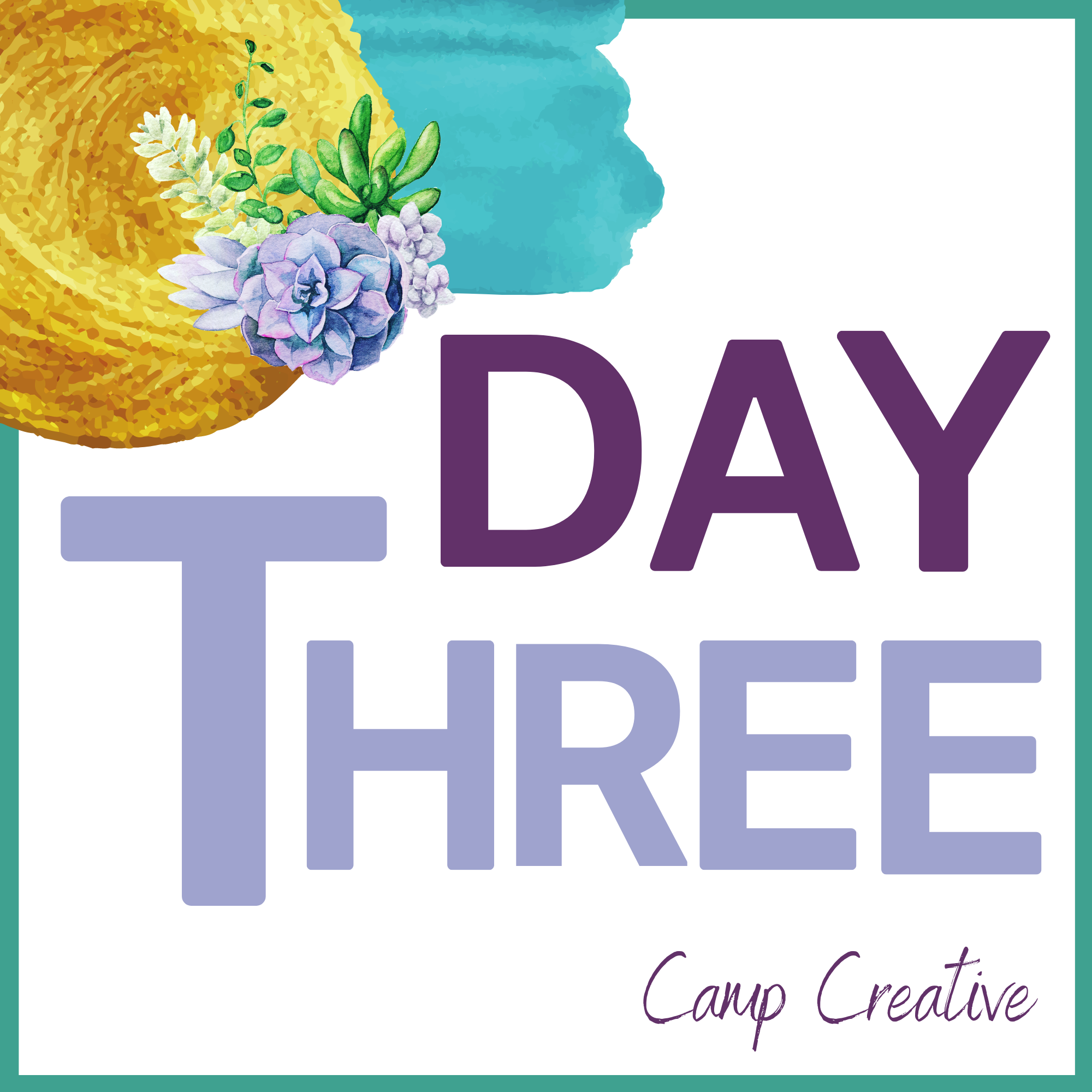Another important way to help build the reading culture in your classroom is through book talks. Book talks will help kids find the books that are right for them, and it will also encourage bookish conversations between you and your students and between them.
A book talk is just a quick pitch for a book. You wander over to your shelf, pick up a book your students will love, and tell them why you think they'll love it.
"Today I want to tell you a bit about one of my recent favorites, Ghost, by Jason Reynolds. If you loved his book, Long Way Down, when we read it in the fall, you'll probably love Ghost too.
It's about a boy who ends up on a track team by accident and turns out to be quick as can be. But he's got a lot to run from, and he doesn't quite know how to handle all the parts of his life. It's a fast read, and the first in a series of four great books."
You can give two or three book talks before every reading time in your class (and even on other days), to help encourage kids to try new books. Then, as kids begin to find books they love, you can encourage them to offer booktalks to the class when they return a book. You can also bring in guest book talkers - teachers, parents, coaches, seniors, etc. - to share for a minute about their favorite book in your library.
Check out the video below for an example!




